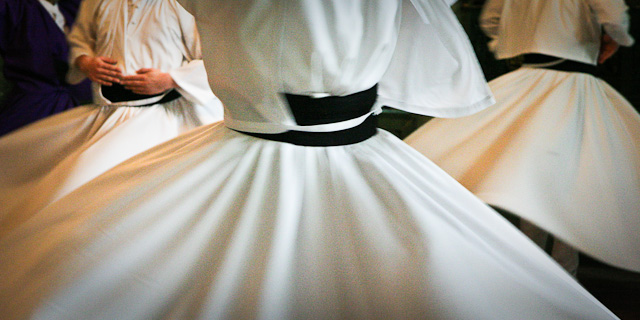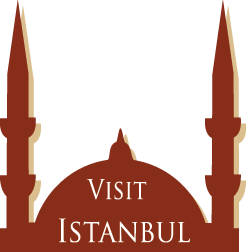Islamic Culture
The culture of Turkey combines a largely diverse and heterogeneous set of elements that are derived from the Ottoman, European, Middle Eastern and Central Asian traditions. This rich diversity is mostly owed to Turkey's former status as a multiethnic empire which, de facto until the loss of Libya to the Kingdom of Italy in 1912 (and de jure until the official loss of Egypt and Sudan to the British Empire in 1914, as a consequence of the Ottoman government's decision to join the First World War on the side of the Central Powers) spanned three continents: Europe, Asia and Africa. The present-day Republic of Turkey, which succeeded the Ottoman State in 1923, is still a transcontinental country that spans Europe and Asia.The nation was modernized primarily by Mustafa Kemal Atatürk starting from 1923. As he transformed a religion-driven former Ottoman Empire into a modern nation-state with a strong separation of state and religion, a corresponding increase in the methods of artistic expression arose. During the first years of the republic, the government invested a large amount of resources into fine arts such as paintings, sculpture and architecture. This was done as both a process of modernization and of creating a cultural identity. Because of the different historical factors defining the Turkish identity, the culture of Turkey combines clear efforts to be "modern" and Western, with a desire to maintain traditional religious and historical values.




